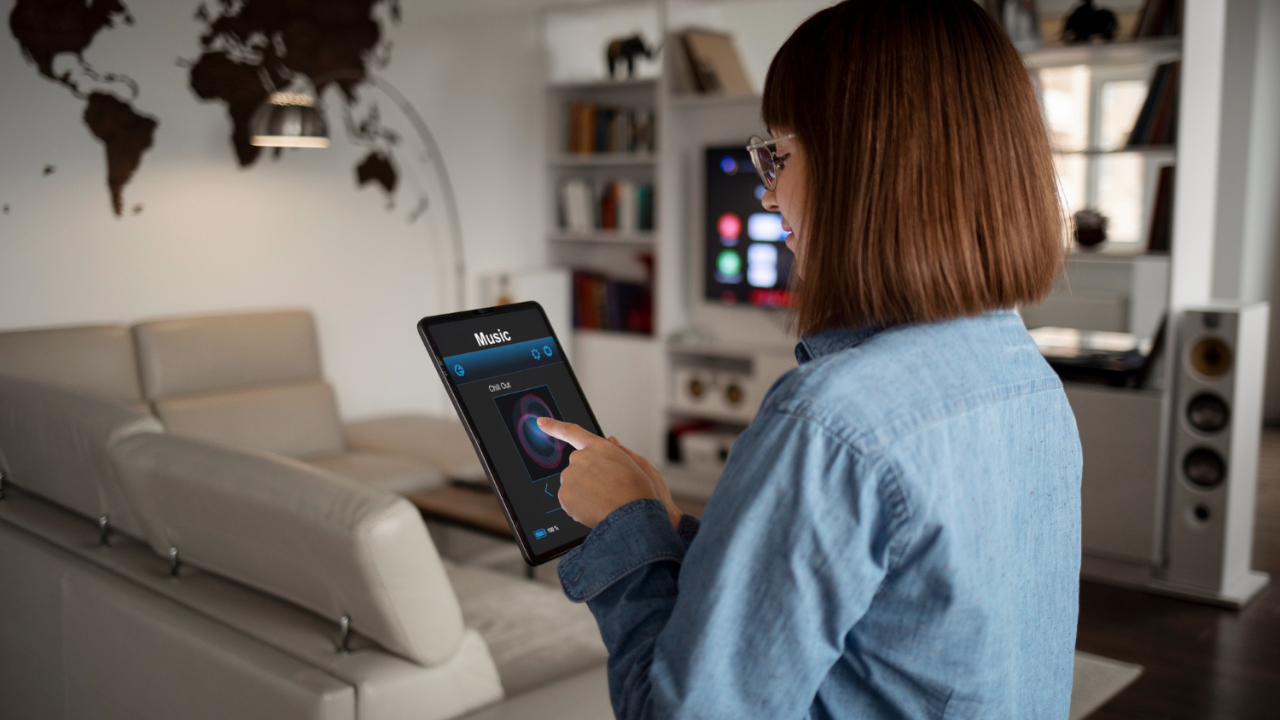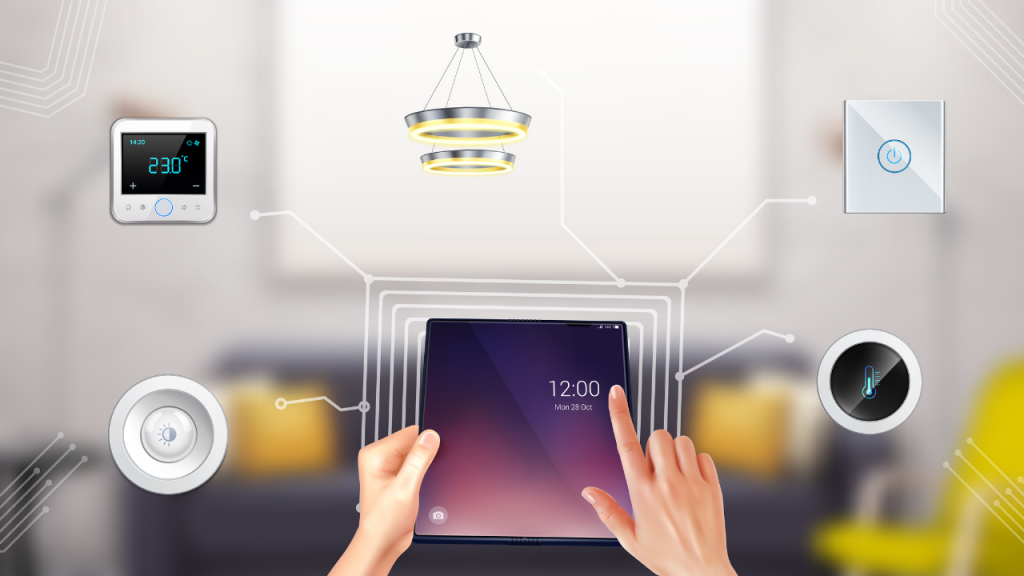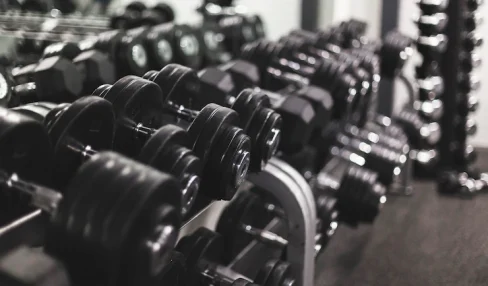The Rise Of Aging-In-Place Solutions: A Booming Market For Smart Home Investments
24 June 2025
5 Mins Read

- Are Aging Demographics Reshaping The Smart Home Technology?
- Home Elevators: A Practical Investment In Accessibility
- What Are The Economic Implications For Contractors And Real Estate Professionals?
- Smart Home Technology Supports Independent Living
- Are Policy And Government Incentives Accelerating Adoption?
- Smart Home Technology: A Lasting Market Shift
I recently attended a study about smart home technology, and I discovered something surprising. I found out that populations in developed countries age rapidly.
You might have heard the concept of “aging in place”. This means remaining safely and independently in one’s home.
I personally don’t think it’s a personal preference anymore. I believe it has become a crucial component of:
- Urban planning
- Healthcare strategy
- Home improvement
However, with great power comes greater responsibility. This growing trend presents both challenges and business opportunities.
I think this is particularly affecting the realms of smart home technology, home renovation, and accessibility solutions.
Are Aging Demographics Reshaping The Smart Home Technology?
According to the World Health Organization, the global population aged 60 and over is expected to reach 2.1 billion by 2050. This is expected to double from 1 billion in 2020.
Additionally, I also saw that in North America, nearly 90% of seniors say they prefer to stay in their own homes as they age.
They prefer this way more than moving into assisted living or care facilities.
I can already predict that this demographic trend will prompt a wave of home upgrades. Furthermore, these upgrades will primarily focus on accessibility.
I have seen some new features, such as zero-threshold showers, wider doorways, smart lighting systems, and in-home elevators.
I believe that these are no longer considered luxuries—they’re essential for independent living.
Home Elevators: A Practical Investment In Accessibility
Residential elevators were once considered a high-end feature reserved for luxury homes.
However, today it has become a practical and increasingly common installation in multilevel homes.
I think most of their appeal lies in the growing need for mobility assistance. This can be a huge change in the development of smart home technology.
Furthermore, the desire to future-proof homes for aging residents is also quite impressive.
I believe that these systems have the potential to add long-term value to a property.
Furthermore, it can also extend the usable lifespan of a home for seniors. It also offers immediate safety benefits for individuals with mobility challenges.
Additionally, Modern home lifts are
- Compact
- Energy-efficient
- Age-friendly
Furthermore, I really like that this is designed to integrate with existing home architecture.
For example, options from this Canadian home lift company demonstrate how advanced lift systems can provide both functionality and aesthetic appeal.
These elevators have three very important and useful features. They are:
- Discreet
- Quiet
- Quick to install
Furthermore, these provide a seamless solution for homeowners seeking to enhance accessibility without compromising on design.
What Are The Economic Implications For Contractors And Real Estate Professionals?
I think that the push toward aging in place is also creating new revenue streams for
- Contractors
- Real estate agents
- Smart home service providers
Builders specializing in accessible housing features are finding a robust market among aging homeowners.
These homeowners are willing to invest in upgrades that enhance comfort and mobility.
I learned that, according to a 2023 report by the Joint Center for Housing Studies of Harvard University, older people are welcoming this smart home technology with open arms.
Furthermore, I also read that home renovation spending among older Americans is outpacing that of other age groups. Strange right!
The study found that homeowners aged 55 and older accounted for over half of all home improvement spending in the United States.
This shift offers a clear signal to businesses. Businesses must start focusing on accessibility, safety, and smart automation.
This can bring about a significant change, providing a competitive edge in the remodeling market.
Smart Home Technology Supports Independent Living

Home automation is playing a vital role in helping seniors live independently.
The modern use of smart home technology involves the use of Voice-activated systems and fall detection sensors.
Moreover, smart thermostats and remote medical alert systems are already becoming commonplace in households prioritizing aging-in-place strategies.
I have a friend who has a tech startup. When I discussed this with him, he completely agreed with me.
Furthermore, he said that innovative tech startups and established players alike are developing user-friendly solutions tailored for older adults.
A study published in Gerontechnology found that smart home technologies significantly improve quality of life.
Furthermore, it reduces caregiver burden, especially when integrated with wearable health monitoring devices.
I am an entrepreneur myself. Therefore, I can say that entrepreneurs and service providers can bridge the gap between technology and elder care.
Therefore, as smart home technology strengthens its roots, people like me will find itself well-positioned in this growing sector.
Are Policy And Government Incentives Accelerating Adoption?
Governments are taking notice of the benefits of aging in place. In Canada, the federal government offers tax credits for home accessibility renovations,
Therefore, this makes it easier for seniors to afford upgrades such as chair lifts, ramps, and elevators.
Similarly, in the US, there is legislation such as the Home Modifications for Accessibility Act. This aims to encourage proactive home modifications.
Moreover, they aim to promote such smart home technology through financial incentives.
Furthermore, these initiatives support the trend of seniors choosing to remain in their homes with appropriate modifications.
Smart Home Technology: A Lasting Market Shift
Is the aging-in-place movement more than just a housing trend? I think by now, we all can say it’s not.
Rather, it’s a significant societal shift that influences urban design, healthcare, and real estate.
Moreover, they’re fast becoming standard practice in thoughtful home design, which incorporates smart home technology.
Residential accessibility solutions play an important role here, particularly in the concepts of home elevators and smart technologies.
I am confident that only those Businesses that can adapt to this shift and provide practical, design-conscious solutions will meet market demand.
Additionally, they will also make a meaningful contribution to the well-being and independence of aging populations.
As a homeowner, I will be investing in aging-in-place upgrades, which is not only a matter of comfort for me.
For me, it is a wise financial decision that enhances home value and quality of life.
Read Also:



















Comments Are Closed For This Article